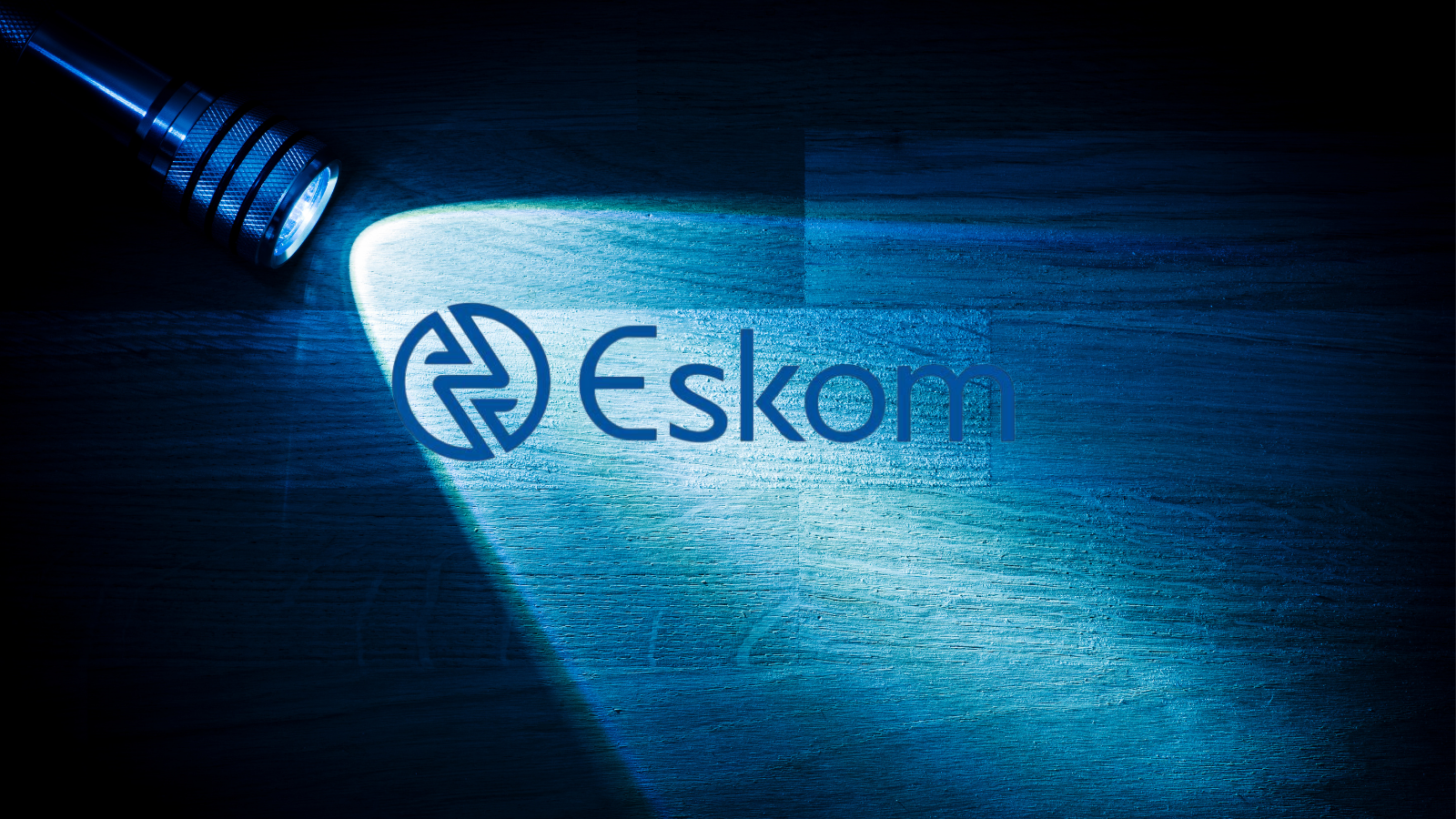The Department of Public Enterprises (DPE) has had an urgent meeting with Eskom board members to find money to buy diesel supplies in an attempt to avoid higher levels of load shedding.
Minister of Public Enterprises Pravin Gordhan met with the Eskom chair Mpho Kakwana on Sunday evening (20 November) to discuss immediate issues facing the national power utility.
Last week, Eskom pushed load shedding to Stage 4, noting that low diesel supply, low pumped storage dam levels and breakdowns are the main reason for the recent increase in rolling blackouts.
Load shedding was subsequently pushed to Stage 5 for this week due to further breakdowns over the weekend and emergency generation reserves being depleted.
South Africa has been plunged into the worst year of load shedding on record, with everyday South Africans bearing the brunt of it, slowing economic growth and stalling the country’s day-to-day activities.
This is only set to get worse.
The national utility’s best-case scenario in its 12-month outlook envisions seven days of load shedding in the coming summer period, but only if it is able to spend billions of rands on diesel and keep breakdowns below 13,000MW – an ambitious goal, given its track record.
The group is already running over budget with no funds available to top up its diesel reserves which are meant to be solely for emergency generation. According to the company’s chief operating officer, Jan Oberholzer, Eskom has spent more than R11.2 billion on diesel this year to the end of October.
Diesel prices have been soaring globally; with Europe heading into winter, demand has skyrocketed while supply dwindles due to the Russian war in Ukraine. This has made it far more tricky and expensive for the national power utility to get their hands on the much-needed fuel.
However, even if Eskom was somehow able to get its hands on funding for all the diesel it needs, Oberholzer stressed that the group is physically limited in how much diesel it can transport, fill and burn through each day.
The group previously noted that it is physically limited to using approximately R2.4 billion worth of diesel in a month, so even getting more diesel would not be enough to fully resolve energy supply issues.
Energy will be even more constrained in the coming months.
On 8 December 2022, Unit 1 of the Koeberg Nuclear Power Station will be shut down for normal maintenance and refuelling, and the replacement of the three Steam Generators (SGR) as part of the long-term operation to extend the operating life of Africa’s only nuclear power station.
The most reliable of Eskom’s generation machines, the unit is anticipated to return to service during June 2023. This will remove 920MW of generation capacity from the national grid during this time.
This will add to the host of units that are down due to technical faults – totaling almost 3,000MW of energy – showing the massive challenge Eskom has meeting energy demand.
South Africa has experienced the worst year of load shedding on record, with 155 days of rolling blackouts since January.
Further issues
The Sunday (20 November) meeting also involved a discussion between the board and department on the following issues:
- Looking for savings within the current Eskom funds for the ongoing purchase of diesel and maintenance.
- Assessing the board on the challenges Eskom faces in the current fleet of power stations and the exceptional interventions that must be taken to create more reliability in the performance of power stations.
- Urgently seeking the assistance of all the enforcement bodies to immediately bring a halt to the local level disruptions and criminal; activities which impact power stations.





